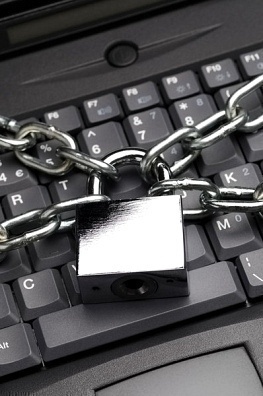How to Lock a Keyboard
Many people install security features on their computer in order to prevent unauthorized users from accessing the computer when they are away. For example, login identification, file encryption, and even biometric identification are all sufficient methods of keeping intruders out of someone’s personal information. However, some users may wish to go even further by locking their keyboard in order to prevent unauthorized users from entering a password, children from playing with the keyboard, or pets from unknowingly typing when climbing on keys. There are several ways to lock a keyboard and both software and physical locks are outlined below.
ToddlerKeys
ToddlerKeys is a program that an actual father designed to keep his daughter from accessing his files and/or disrupting his computer. ToddlerKeys is a good program for keeping children off their parents’ computer and it doubles as a privacy program that blocks anyone from accessing important personal files. ToddlerKeys can disable a keyboard, mouse, hard drive(s), sleep button, and power button. Instead of allowing access to the user’s files, ToddlerKeys plays a WAV audio file and displays user-defined pictures whenever a key is pressed. The user can also specify how long the computer may remain idle before ToddlerKeys locks these devices. In order to return the computer to its normal state, the user must simply type “Quit” or a password that he/she created.
KidKeyLock
KidKeyLock is a program that is similar to ToddlerKeys that does virtually the same thing. While running, KidKeyLock displays a small icon on the Taskbar tray. When the user clicks on this icon, KidKeyLock is displayed in the form of a list. From this list, the user can choose to turn individual computer features on or off. For example, KidKeyLock is capable of turning off individual mouse buttons, all mouse buttons, the keyboard, and specific sets of keys. The user also has the ability to set a password.
Physical Lock
This is when someone uses an actual lock to physically prevent a user from pressing keys on a keyboard. Most physical keyboard locks are constructed from a box-like plastic object and encase the entire keyboard. With a physical lock, users are not able to press keys because the keys themselves are not accessible. Generally, physical keyboard locks use either a padlock or a wafer lock.


Comments - No Responses to “How to Lock a Keyboard”
Sorry but comments are closed at this time.